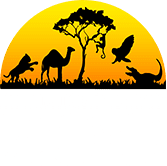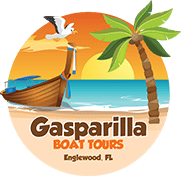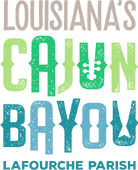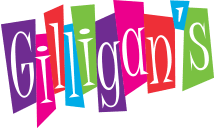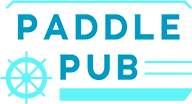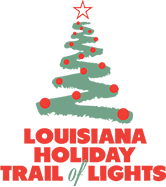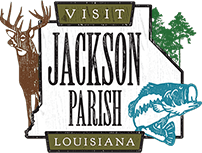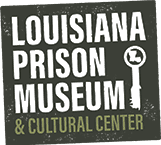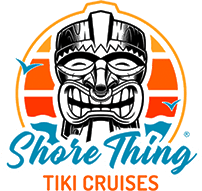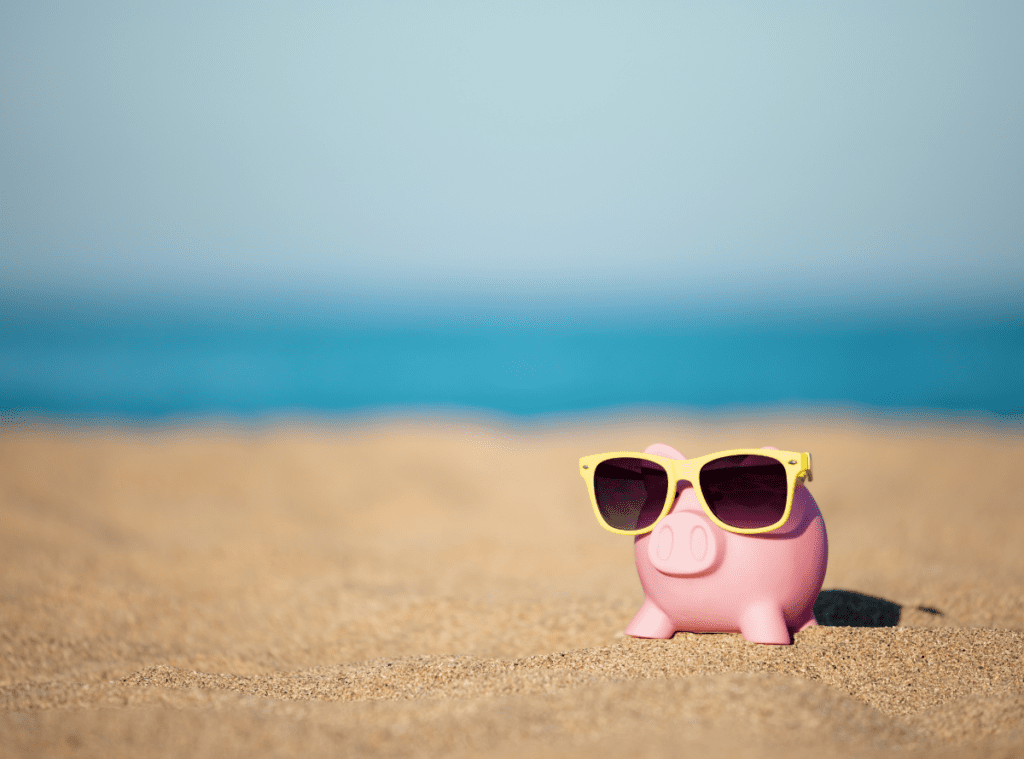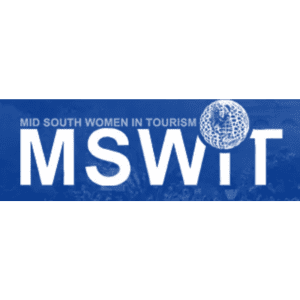One could argue that Google knows approximately everything, so we take full advantage when they reveal their insights. This month, they released a new report focusing exclusively on how travelers search for experiences, and yes, we geeked-out a little.
Packed with insightful, up-to-date travel stats, “Think With Google” dropped a few #truthbombs on things we could have guessed.. and other things that resonated.
Reading a report is fun to us “data nerds,” but we figured some of you might want to skip ahead to the punchline. Here’s how we recommend leveling up your marketing with the new data:
Advertise high-dollar experiences early.

People who are still researching their trip are likely to spend more on hotel and transportation. According to the masterminds at Google, “travelers who book their activities ahead of their trip spend 47% more on lodging and 81% more on transportation than those who wait to book in destination.”
So market high end services and packages to people who haven’t arrived yet. Make the most of your ad dollars by focusing on digital campaigns in your feeder markets, or bidding on keywords that include your destination (like “parasailing in Destin”). Partnering with your CVB is another great way to reach travelers and large groups early in their planning stages.
Push tours and activities locally.
Once they’re in your city, they’ve probably taken care of the hotel – but travelers are still booking activities after the plane lands. The report revealed that “48% of experience bookings are happening once they arrive at their destination.”
So tours and activities should focus their efforts on local ads and “near me” search terms. Put at least half of your marketing budget into geo-targeted digital ads and local publications. Keep an eye on mobile conversion rates here, and adjust accordingly.
(As an added bonus, you may even pick up some locals who are looking for new experiences right in their own neighborhood.)
The entire booking process must be optimized for mobile.
In case there was any doubt, Google has confirmed that travelers are not lugging their Lenovo onto their boat tour. 54% of all in-destination experience searches are on mobile.
If you’re a tour operator, make sure your in-destination ads, website, and booking platform are all designed primarily for mobile. Test out every landing page on your own phone and look for ways to improve the user experience. Make sure you’re communicating the information they need, but limiting the clicks and scrolls required to reserve their spot.
Use video in your ads and website.
The article linked to a 2018 study that found 6 times more watch time for travel diaries and vlogs than two years prior. Video, video, video, y’all.
Share out any action shots your guests post on Facebook, and encourage tour guides to take their own videos. Post your best videos on key landing pages for engagement.
Plan ahead!

Travelers start researching 12 weeks before their trip. And those searches aren’t just limited to finding a hotel and rental car. According to Google, “In the 12 weeks leading up to a trip, there are 3 times more experiences searches than hotel searches, and 8x more experiences searches than air searches.”
Plan to launch campaigns at least 3 months before major holidays and peak seasons. Consider offering discounts for early bookings to grab their attention.
Communicate the experience.
We’ve said it before, we’ll say it again: travelers are looking for a unique, authentic experience. So use vivid imagery to convey the feeling they’ll have when they arrive.
This isn’t just limited to tour companies. Google advises, “Even if you are selling a room reservation, find opportunities to highlight the experiences that people are seeking out rather than simply the hotel room or flight prices.”
Read some of your rave reviews, then take a look at your ads and landing pages. Are you conveying that sense of excitement, adventure, or relaxation? If not, sprinkle in some images and phrases that appeal to the senses.
Divide your campaigns into separate categories: in-destination and pre-arrival.
Travelers shop differently before they arrive, and after. They’re using different devices and even different budgets when they’re planning the trip in advance, compared to stepping outside the hotel on day one.
In the travel industry, we have to tailor our ads differently, too. Categorize all of your campaigns as either in-destination or pre-arrival, and look for the best ways to speak to that customer. The format of your ads and services you’re highlighting will likely be different for each category.
That’s our two cents, anyway. If you haven’t yet, check out the Google report and see which insights are most applicable for your business. Smarter digital campaigns ultimately mean cost savings for you, and improved user experience for your customers. We’ll raise a glass to that!

